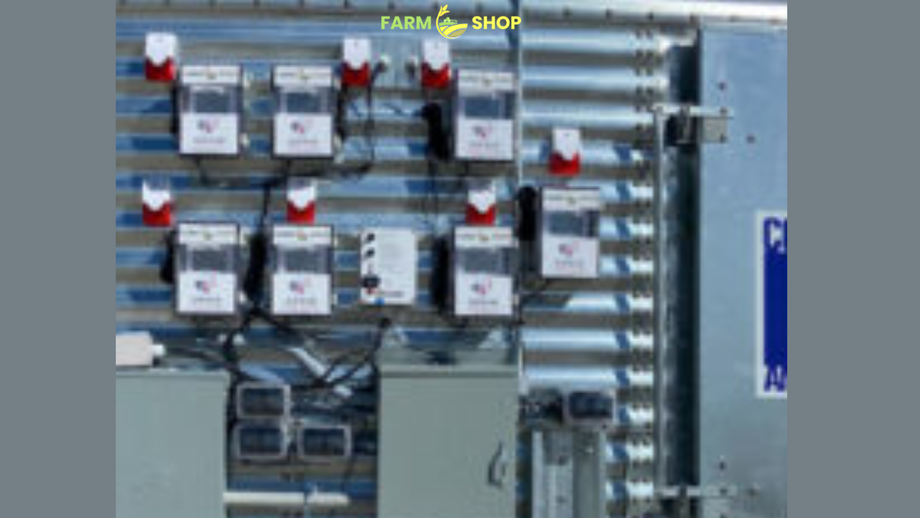Some of the important things that are necessary for efficiently storing the grains for a longer period of time are moisture content, temperature, and carbon dioxide (CO2) It is necessary to effectively track, monitor, and maintain these three factors to protect and safeguard the grains from getting deteriorated. Grain Temperature Sensors and Grain temperature cables have been widely available for many years and are being used on a large scale by the producers when storing the grain.
Detecting Temperature
If in case, 25% or more of the temperature monitoring cables and sensors fail to give the right, then certainly it is time to update them with the grain temperature sensors from Farm Shop. This is because these sensors cannot be repaired. But the latest technology-based temperature sensors are digital that not only provide the information of the temperature but also about the relative humidity which is helpful to identify the moisture content of the grains.
Tracking Moisture Content
Generally, the temperature of the grain mass gets self-heated from the center. Therefore, it is better to use Grain Temp guard probes that can detect the temperature levels as well as the option for moisture content measurement. If the grain is not cored and left peak, then the center of the grain mass tends to display higher temperature than the sides especially when it is winter season. There can be an increase in the temperature of stored grain for as high as 3°F (1.5°C) degrees if in case the fans have not been used for aerating the grains during a period of two weeks or more.
Managing carbon dioxide
When the grains are decayed or deteriorated, then they will release carbon dioxide (CO2). The producers can detect the levels of carbon dioxide in the stored grain using handheld carbon dioxide monitors. These devices can be placed either on the top of the storage bin or in the exhaust air of the aeration fan.
A rise in the presence of carbon dioxide from 400 to 600 ppm is a cause of concern and it indicates that the stored grains are about to spoil. Detecting and monitoring the levels of carbon dioxide in stored grain is as important as assessing the temperature and moisture content. Ideally, the time period of 3 to 5 weeks in the detection of higher carbon dioxide readings and higher temperature detection is absolutely fine. It will help the producer with enough time to plan for the aeration of grains.
Allowable storage time
The allowable storage time (AST) of corn and soybeans in terms of months depends by and large on maintaining the appropriate temperature and moisture content. To attain successful long-term storage, AST should be understood, especially, in case the initial quality of the grain is comparatively lower.
Shelf-life refers to the time when the grain is harvested by the producers till it is used by the end-users. If in case, the wet corn is stored in the bin before drying, then a huge part of the storage time has already been consumed, which leaves less time for the upcoming months to store the grains. Throughout the year long-term storage of grains is possible if only the allowable storage time is preserved.
View Source: https://farmshopmfg.tumblr.com/post/672440565930033152/monitoring-moisture-content-temperature-and

